Menu

In recent years, understanding the psychology of how horses learn has increasingly come under the spotlight. However, it remains far from common knowledge for most horse owners. Here, you can read an explanation from animal behaviour consultant Bettina Hvidemose Riisberg on how horses learn, and why this knowledge can prevent and solve issues that could result in diminished horse welfare.
Bettina Hvidemose Riisberg runs the Centre for Animal Therapy, where she teaches about behaviour and physical therapy for horses and dogs among other things. Knowledge of animal behaviour and learning forms the basis for most of Bettina's work, which also includes physiotherapy, rehabilitation, and osteopathy for horses and dogs.
Understanding the psychology of learning enhances comprehension of why horses behave as they do in many instances. At the same time, knowledge in this area provides tools to adjust our behaviour and reactions in a way that makes it easier for the horse to understand us.
Fundamentally, horses learn through two mechanisms, known as classical and operant conditioning.
This mechanism is about horses associating different external influences with each other. When two different influences occur at the same time, the horse links them together. They come to carry the same meaning in the horse's brain and thus the same behavioural reaction.
If the horse wears a saddle that doesn't fit and thus causes pain, we have a situation where two influences occur simultaneously. One influence is the saddle itself and the other influence is the pain.
If this combination occurs enough times, most horses will start showing signs of discomfort at just the sight of the saddle from a distance. This is a simple product of classical conditioning.
Read also: How to make the most of your horse riding lessons
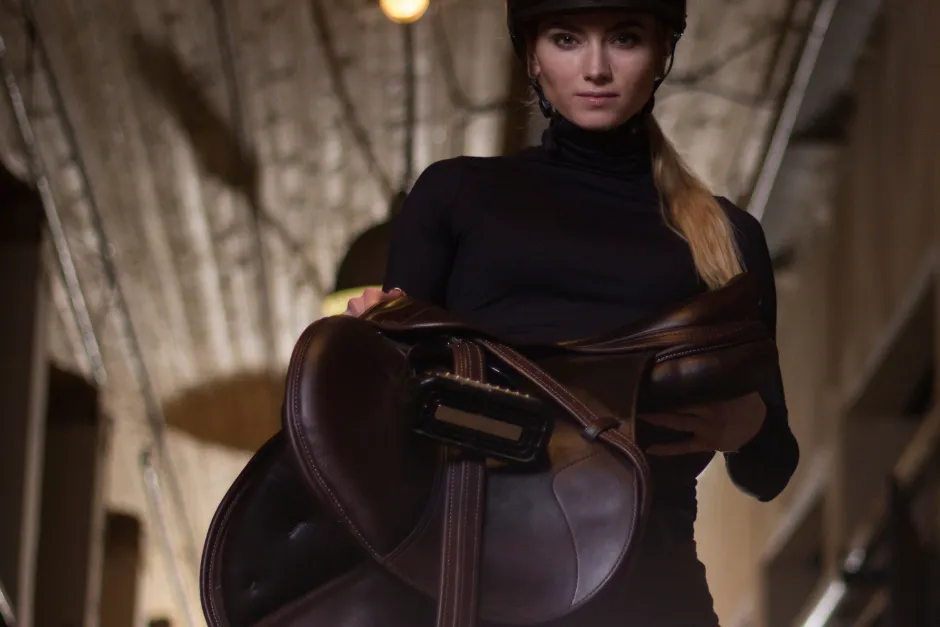
Pain naturally causes one to express discomfort in one way or another. If the saddle appears directly with pain, the saddle in itself will cause signs of discomfort. These signs can include stress, avoidance, or even aggressive behaviour.
The horse is constantly forming these types of associations between different influences. If you are riding and there suddenly sounds a loud bang at the same time as you pass a road sign, the horse is highly likely to associate the road sign with the bang. And then it will react with fear the next time you ride past the same road sign.
These reactions come as automatic and involuntary reactions to certain influences, and are what we call reflexes. Reflexes can be innate or learned. The examples above illustrate a couple of possibilities for learned reflexes.
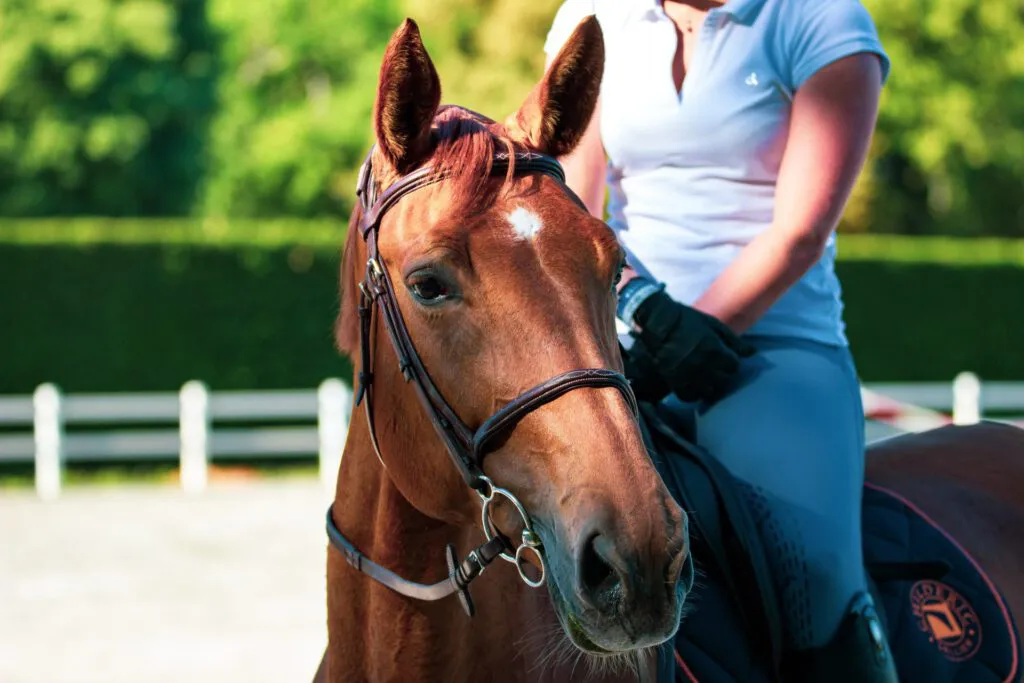
The good thing about these reflexes is that they can be unlearned - but it requires time and patience. Fundamentally, it requires that the horse has plenty of experiences where nothing unpleasant happens in the given situation.
The horse will often react to the saddle the first many times, even if it has received a new saddle that no longer hurts. It takes many repetitions before the brain realizes that this should no longer be associated with discomfort.
The process can be accelerated and improved by adding something good - such as a treat - each time the horse sees the saddle. It helps to associate the saddle with a pleasant feeling and can therefore help to turn the association faster and more effectively. The same applies to the road sign or any other examples of inappropriate situations.
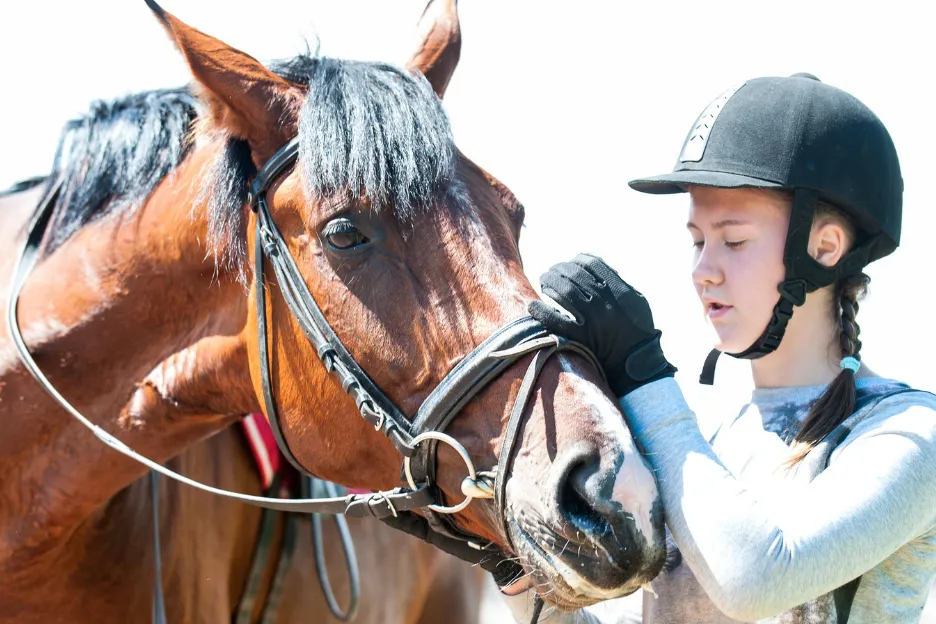
Operant conditioning is a tool that can help you analyze and remedy challenging situations in everyday life. At the same time, it can promote the learning of exercises in training.
Operant behavior is not reflex behavior, as we have dealt with under "classical conditioning". But rather behavior that takes place at the conscious level.
The background for operant conditioning is that learning operates on the horse's own behavior. The learning is thus dependent on what the horse does or does not do - and what happens afterwards.
Every time the horse (or ourselves for that matter) exhibits a behavior, it is followed by a consequence. This consequence is important for whether we - or the horse - want to repeat the same behavior another time. These rules apply to all species, both horses and humans and dogs.
Several examples are as follows:
• For example, I answer the phone (behavior). If the person at the other end is nice to talk to, and it is a positive conversation (consequence), I am more inclined to show the same behavior next time (to answer the phone when it rings). If the person I am talking to, on the other hand, is not friendly (consequence), I am less inclined to answer the phone next time. If we answer the phone, and there is no one at the other end (consequence), we also become less inclined to answer it again next time.
• Another example is when we taste a new dish (behavior). If it tastes good (consequence), we want to taste it again. If it doesn't taste good (consequence), we are less inclined to taste it again next time.
• If the horse goes through a gate (behavior) and immediately afterwards there is a loud bang (consequence), there is a high probability that the horse will not immediately go through the same gate next time.
• When we ride and put pressure on the right rein, the horse turns right (behavior). When the horse has turned enough, we loosen the rein pressure again and thus make the situation more comfortable for the horse (consequence). This increases the likelihood that the horse will react to the rein the next time we want it to turn.
• When the horse kicks the stable door (behavior) and immediately afterwards food arrives (consequence), the likelihood that the horse will kick the stable door again increases.
Also read: 5 advantages of your horse not being rideable
Thus, we see that all behavior has consequences. And that these consequences either increase or decrease the frequency and/or intensity of the behavior.
There is thus always a connection between behavior and consequence.
When we train our horses, what we are doing in reality is just increasing the frequency and/or intensity of desired behavior. And lower the frequency and/or intensity of unwanted behavior.
We loosen the pressure in the rein when the horse turns, precisely to control the consequence. We lessen the pressure as a result of the horse turning with the aim of getting the horse to show the same behaviour the next time it feels a rein pressure.
To shape the behaviour of horses and ensure appropriate communication, we can always analyse how we can change the horse's behaviour towards what is appropriate - both for the horse and ourselves. Whether we're talking about everyday handling, groundwork or riding,
As an analytical tool, we can ask ourselves the following questions:
It's scraping when it stands in the stable aisle.
2. What is usually the consequence of this behaviour?
I grab its leg and say stop.
3. What can I conclude for now?
As there's always a relationship between behaviour and consequence, my reaction must cause the horse to do it again (even if my intention was different). I must therefore change the consequence to something that doesn't motivate the horse to do it.
4. How can I change the consequence?
If the horse scrapes to gain contact in the form of what I usually do, I must try to do the opposite – this must be to ignore the horse.
Thus, we can use simple knowledge about behaviour and consequence to analyse our way to the solution to the problem or improvement of the training strategy.
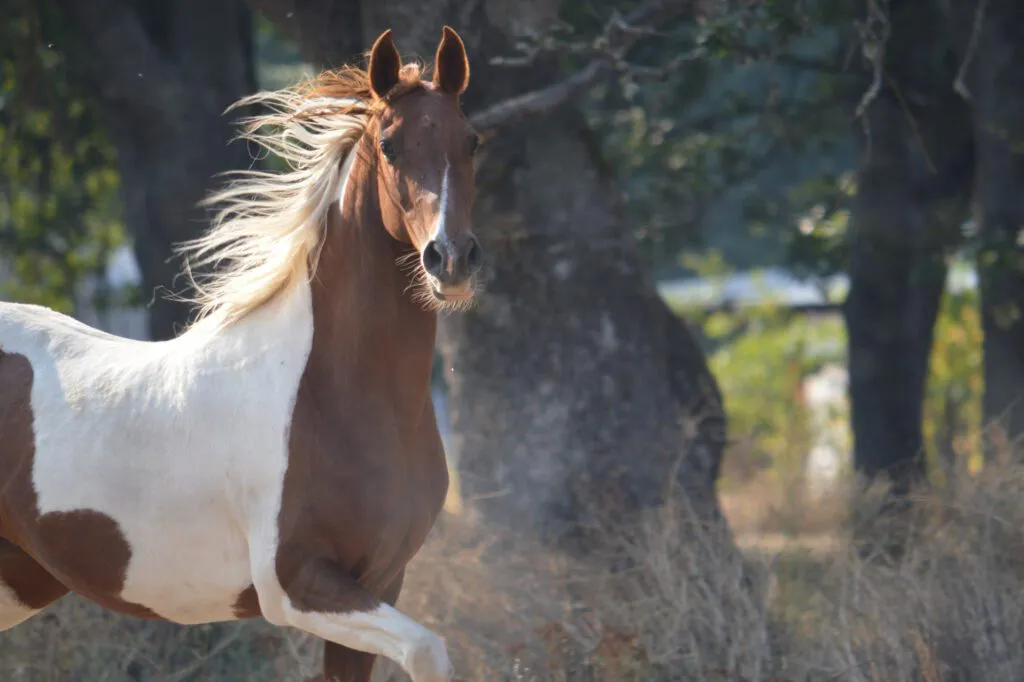
The main purpose of knowledge about operant conditioning is to provide a thorough understanding of how this can be used as an analytical tool. A tool that can prevent and solve difficult problems as well as optimise any training situation.
Every day there's a plethora of misunderstandings between horse and rider. This applies both to ground training and riding. Misunderstandings often lead to stress and reduced horse welfare - as well as less enjoyment for the owner or rider.
Therefore, a basic understanding of the learning mechanisms is of great importance when we need to understand why our horses react the way they do. It allows us to adapt our training so that it becomes as appropriate for our collaboration – and thus the horse's well-being – as possible.
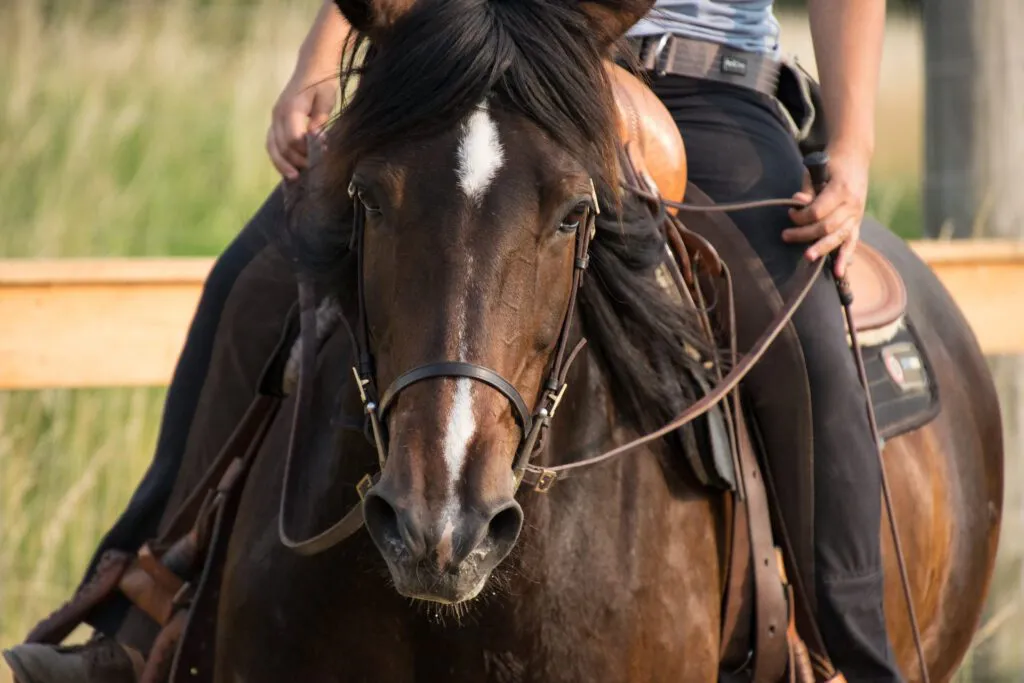
A large part of the horse's behaviour is shaped by experiences from classical and/or operant conditioning. However, we need to be aware that behaviour also has other causes.
Some behaviour patterns may be products of the horse's instincts and basic nature. Many stress reactions are a product of discomfort. Discomfort can of course be a product of training misunderstandings, but we should also consider whether the horse feels discomfort with equipment, has pains or, for example, lives in a stressed stable environment or has a herd that doesn't function.
A well-balanced horse is thus not "just" dependent on good cooperation in learning and interaction. It also requires a body that is free from pain and restrictions, well-adjusted equipment, appropriate nutrition, balanced rider influence and a well-balanced environment.
The learning mechanisms and interaction with you are thus only one of the pieces in the big puzzle that needs to be put together correctly, for the individual horse to be as well as possible.